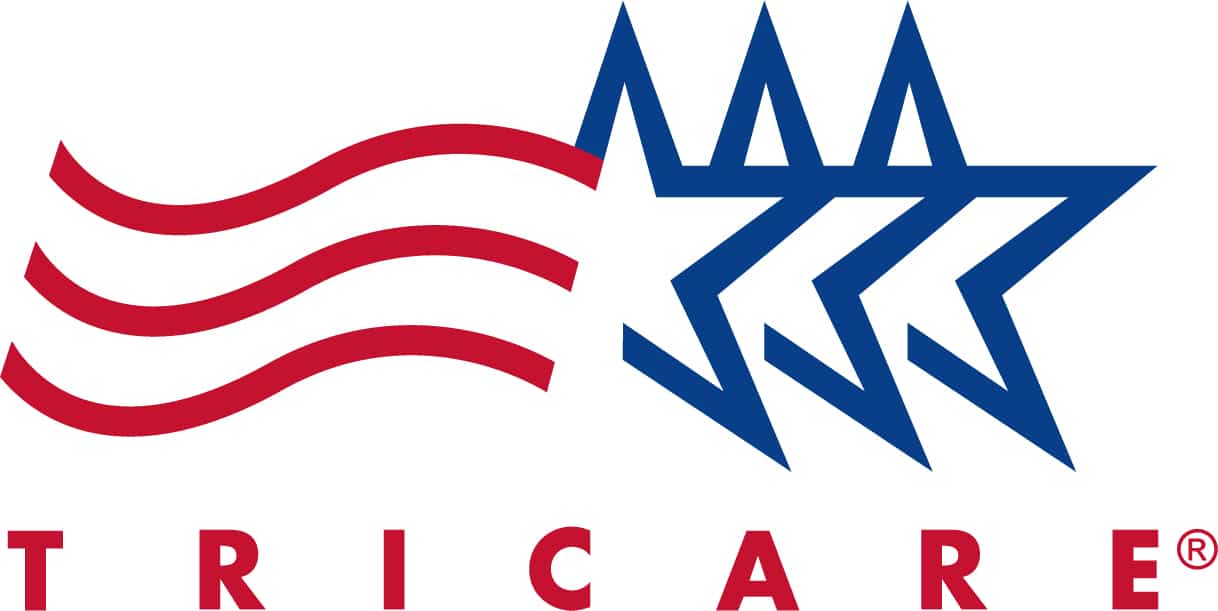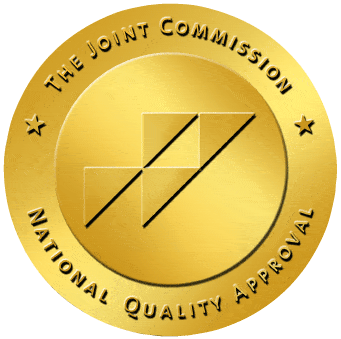Millions of people struggle with addiction, but the number of those who seek treatment is small, according to a report published by the surgeon general. While one in seven people in the United States is at risk of developing a substance use disorder like alcoholism or drug abuse, only one in 10 will ever receive treatment.
Dr. Vivek H. Murthy, the former U.S. surgeon general, explained that these figures call for a change in public perception. The way we view addiction is harmful to people who find themselves struggling to control their substance use. Many suffer in silence while others face harsh rejection and backlash from their family and friends. As addiction robs a person of their work, relationships, and self-esteem, people become trapped in a vicious cycle that is only ridiculed and judged from outsiders.
Stigma in mental health has prevented millions of people from seeking treatment for a variety of psychological conditions, including substance use disorder. Dr. Murthy stresses in his report that people must begin to look at substance abuse through a new lens. He implores people to address addiction “not as a moral failing but as a chronic illness that must be treated with skill, urgency, and compassion.” He goes on to say that the “way that we address this crisis is a test for America.”
Addiction Is a Growing Problem in America
The 2016 National Survey on Drug Use and Health estimated that 28.6 million Americans age 12 and above used illicit drugs in the prior month. The Substance Abuse and Mental Health Services Administration runs an annual study of around 70,000 people to assess the trending behaviors and usage patterns among Americans. Cannabis, cocaine, and tobacco are used and abused worldwide, but the United States has the highest usage levels of illegal drugs. Now, prescription medication can be added to the list. In 2018, more than 130 people overdosed every day on an opioid drug. In 2017, opioid addiction in the United States was declared an official public health emergency by the Department of Health & Human Services (HHS). Along with the announcement, the HHS released a five-point strategy to tackle the opioid epidemic. President Obama had previously pleaded with Congress for $1 billion to treat the crisis, but ultimately, only $181 million was given toward the cause. The lack of resources and funding for rehabilitation and addiction treatment in the U.S. fortifies pre-existing barriers to treatment. The report by the surgeon general is an attempt to ignite public interest, spread awareness and challenge stigmas that reinforce the addiction cycle and leave people struggling alone and ashamed. While previous reports in the 1950s and 1960s resulted in lower rates of tobacco users, public health professionals and politicians worry that the new report will not have as great of an impact. Perhaps this is due to the fact that drug abuse is so personal and often linked to other disorders. Co-occurring psychological disorders put people at a higher risk of abusing drugs or alcohol. The Substance Abuse and Mental Health Services Administration explores the connection between substance use disorder, depression, and anxiety in various settings to make stronger links between illegal activity, poverty, and homelessness. This illustrates the complexity of addiction and highlights why it is a difficult problem to address from any singular perspective. The report from the surgeon general is a step in the right direction. In order for more people to seek treatment, however, we first have to understand what causes someone to become addicted and how rehab can help.What Leads to Addiction?
Alcoholism and drug abuse are both types of substance use disorders. While these can develop on their own, many people who become addicted to drugs or alcohol also suffer from mental illness or emotional trauma. The decision to take drugs is often driven by emotional and mental forces, but substance use disorder creates biological changes in the brain that make recovery difficult. Addiction provides an outlet for troublesome thoughts and painful feelings. Drug and alcohol abuse change the functionality of the brain’s reward system by triggering high amounts of dopamine. As people continually use a substance, they require greater amounts to feel the same euphoric sense of relief. The buildup leads to tolerance, so people may use copious amounts of their preferred substance to feel even a fraction of what they used to. This tolerance and overwhelming desire for the feeling of euphoria and calm kick off the cycle of addiction. How exactly do people lose themselves? Millions of Americans struggle with substance use disorder, but no one ever seems to think they will let themselves get wrapped up in addiction.The Primary Risk Factors for Addiction
Why can some people drink socially their entire lives and never develop a problem while others succumb to addiction in only a matter of months? The National Institute on Drug Abuse (NIDA) outlines the main reasons why people get addicted to drugs and alcohol. Risk factors can be internal or external. People who grow up in certain environments or suffer from mental health issues are more likely to become addicts. NIDA lists six primary risk factors for drug misuse:- Aggressive behavior in childhood
- Lack of supervision or involvement from parents
- Poor social skills, including isolation and lack of friends or a healthy support system
- A desire to experiment with drugs and their effects
- Drugs offered at a school
- Growing up in a poverty-stricken community















